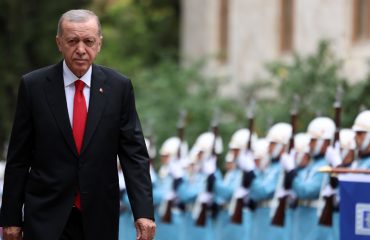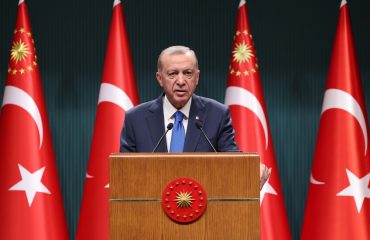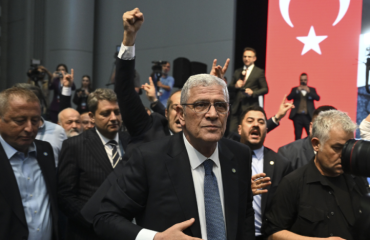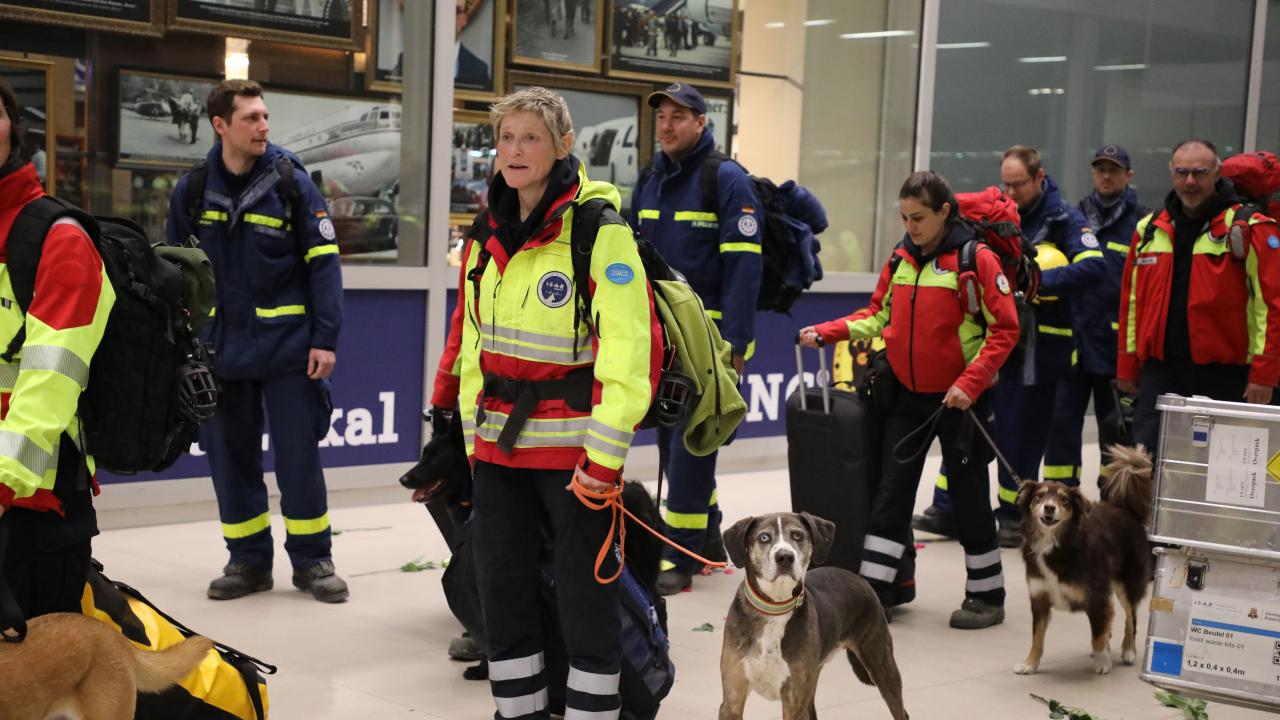
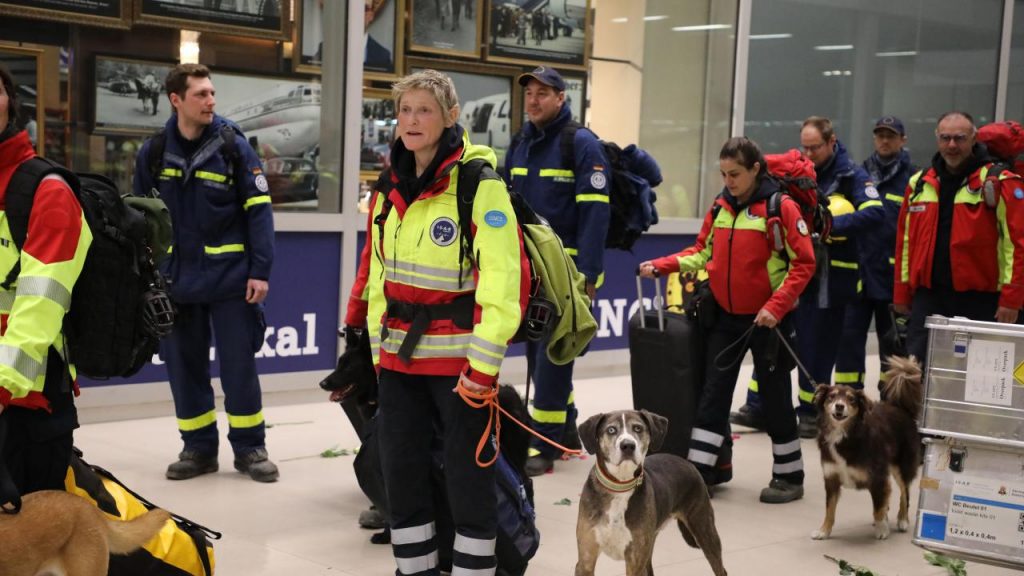
The German search and rescue team worked in the Kahramanmaraş earthquakes was welcomed with applause in their home country. (Photo: AA)
The search and rescue operations following the earthquakes, which is said to be the biggest natural disaster that Anatolia has experienced in the last two thousand years, have come to an end. On the 11th day of the earthquake, Mehmet Ali Şakiroğlu and Mustafa Avcı were the last victims to be rescued in Antakya after 261 hours. We are reaching the limits of the human body’s ability to withstand hunger and thirst. In this situation, the hope for a new miracle is diminishing. Question: “Why do such disasters keep happening to Türkiye?”
Now is the time to heal the wounds, ask for accountability, and seek an answer to the question, “Why do such disasters keep happening in Türkiye?” It is not just to say “it is fate or destiny.” The pain will be buried inside Turkish people; the traces of the earthquake will be erased, but as long as Türkiye fails to learn and realise the lesson, the same pain will be repeated. The lesson will continue to be given until it is learned.
Istanbul Metropolitan Municipality has started work by forming a scientific committee. After every major earthquake, an earthquake workshop was organized, and pages of reports were prepared. Unless they are put into practice, it is all in vain.
International Search and Rescue Teams
Search and rescue teams from 80 countries started to return to their countries. They were sent off with applause in Türkiye and welcomed with applause in their countries. They left behind tear-jerking scenes; they took with them memories full of pain but also of friendship.
It is impossible to deny the positive role of social media in saving lives and coordinating aid. However, during the earthquake, social media generally failed. A lot of false news was circulated. 96 hours passed, and the US did not invade Türkiye. The dams did not collapse. Most of the posts about Syrian refugees do not reflect the truth either. Now some allegations about search and rescue teams have started to circulate. I tried to find out the impressions of the search and rescue teams by talking to some of the ambassadors in Ankara of the countries that sent rescue teams to the earthquake zone.
“No one could cope alone”
All of the ambassadors I interviewed agreed that if such an earthquake had struck in their countries, they would not have been able to cope on their own. Their experienced personnel, who have worked on search and rescue teams in different parts of the world, said that they had never encountered such a devastating earthquake before. The earthquake in Türkiye can only be compared to the 2010 earthquake in Haiti, where 316 thousand people died.
There are those who complain about the Disaster Management Authority (AFAD) of Türkiye and those who are satisfied with it. Arriving in Turkiye on the evening of Monday, February 6, the night of two major earthquakes and hundreds of tremors, the teams had to wait at the airport for a long time. At the beginning, they were told that their transportation from the airport to the regions where they would be working would be provided by AFAD. However, in that traumatised state, no vehicle came to collect them. There was only one AFAD officer at the airport. He panicked when two or three teams arrived at once. A few countries were able to leave the airport by activating their honorary consulates general in the vicinity.
Observations about construction quality
The rescue teams said that they observed that the houses they worked in were built without any serious standards. In general, it takes 20–25 minutes with a compressor to make a hole big enough for a rescue worker to get under the rubble, but in the rubble in Türkiye they managed to do it in 2–3 minutes. In the construction of the walls, too little cement and too much sand were used, and iron was also in short supply.
The foreign teams were extremely satisfied with the cooperation of the gendarmerie. Almost every request was met within an hour at the latest.
All the teams were very impressed by the hospitality shown by the Turkish people despite so much suffering.
Problems awaiting embassies
The ambassadors also have some demands for the future. They have learned from family members that their citizens lost their lives in the earthquakes. However, in order to complete the necessary procedures, the deaths must be documented by the Turkish authorities. AFAD has taken on the task of keeping records of the casualties. There are serious concerns that AFAD discriminates between Turks and foreigners when preparing these lists.
Germany announced that it will grant three-month visas to earthquake victims who have relatives in Germany. I have heard that there are other embassies willing to provide visa facilities to earthquake victims.
The problem here is that most of the earthquake victims do not have passports. Because of the “chip” problem, it can take a long time to issue new passports. It would be useful for the Foreign Affairs to address this problem as well.
Diplomacy mobilised by the earthquakes
The US finally remembered Türkiye on the occasion of the earthquakes. US Secretary of State Blinken, who has never set foot in Turkiye during his four-year term in office, will arrive on February 19; his programme includes troop and aid team inspections at Incirlik.
Greek Foreign Minister Nikos Dendias, who complained that he had not seen Istanbul for two years, was welcomed in Adana by Foreign Minister Mevlüt Çavuşoğlu. Israeli Foreign Minister Eli Kohen, whom we rarely see in Türkiye, and Armenian Foreign Minister Ararat Mizroyan, whom we have never seen in Türkiye, met with Çavuşoğlu in Ankara.
The leaders of Qatar, Malaysia, Pakistan and the Kurdish Administration of Iraq, and NATO Secretary General Jens Stoltenberg visited President Tayyip Erdoğan.
Erdoğan held telephone conversations with the leaders of countries including Germany, the Netherlands, Egypt, Kuwait and Armenia and accepted condolences.
It seems that NATO Secretary General Stoltenberg was also calculating how to save Finland and Sweden’s NATO membership as well.
As it was said, “The butcher is worried about meat, the sheep is worried about life.”
